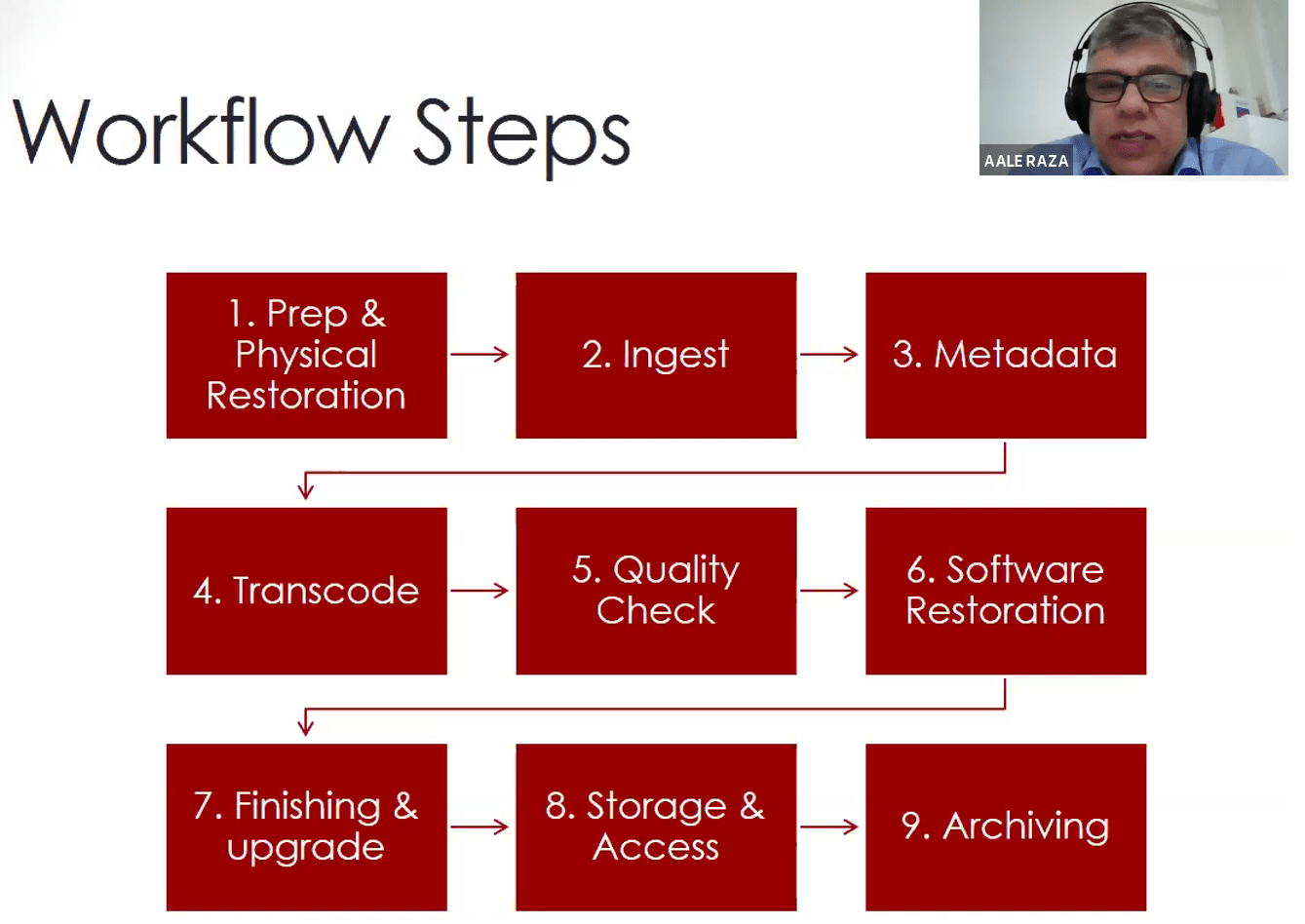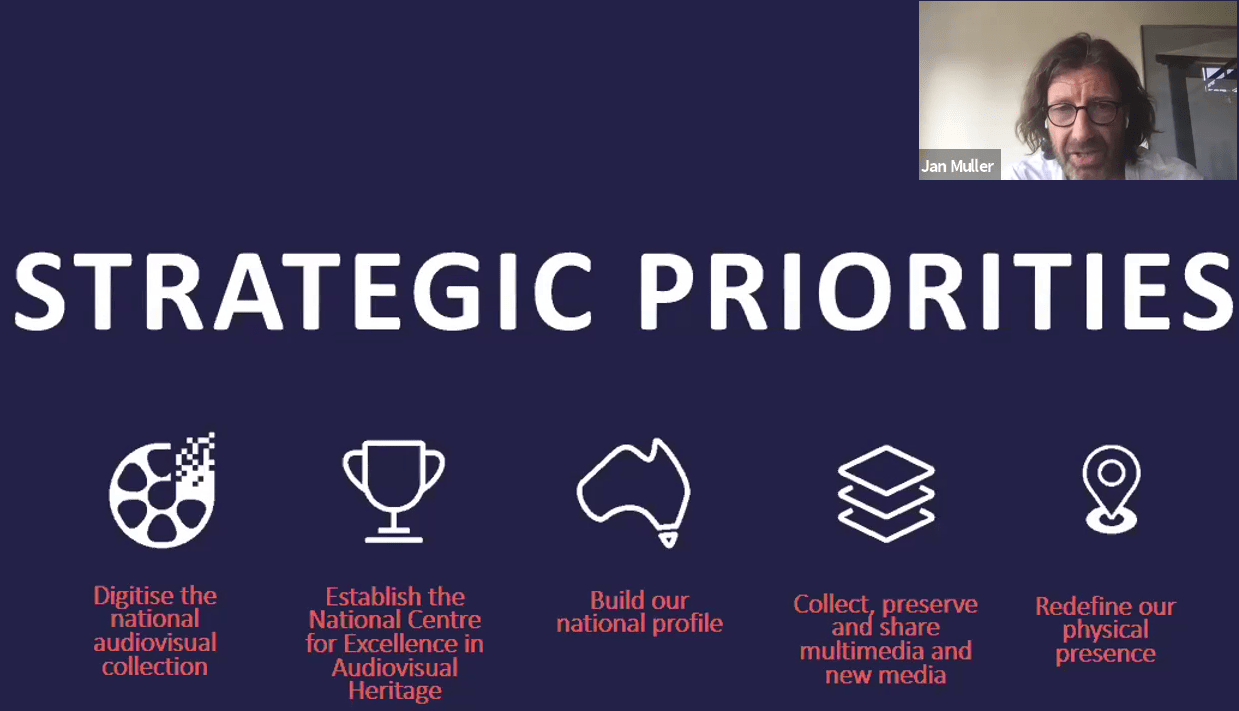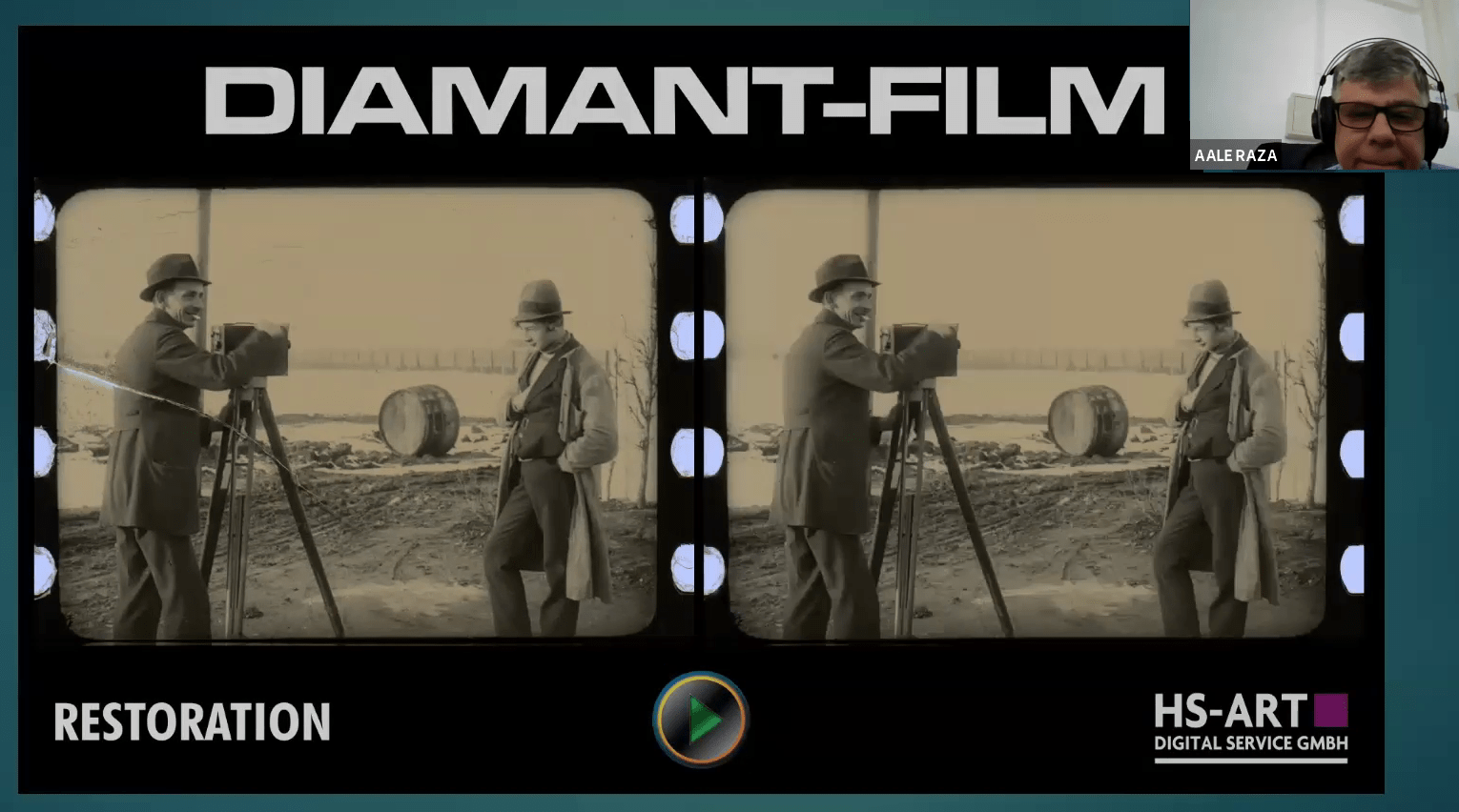 The year 2020 has highlighted many vulnerabilities of media organisations where everyone was forced to work remotely with fewer resources and maintain the efficiency and effectiveness of the processes. Traditionally, archiving and digitization were regarded as a support function but recently with the opportunities coming with OTT, online archives, syndication with other media organisations, broadcasters are now more concerned about this subject.
The year 2020 has highlighted many vulnerabilities of media organisations where everyone was forced to work remotely with fewer resources and maintain the efficiency and effectiveness of the processes. Traditionally, archiving and digitization were regarded as a support function but recently with the opportunities coming with OTT, online archives, syndication with other media organisations, broadcasters are now more concerned about this subject.
From dedicated buildings to store tapes to CPU backed digital storage rooms, now the broadcasting organisations are aiming for cloud-based solutions. Many underdeveloped countries are still lacking the modern-day models for such kind of archiving and thus losing most of their invaluable media assets.
AIBD organized an online workshop on “Latest trends in visual archives and digitization”. The event was scheduled on 19 August 2020. Prior to the event, AIBD conducted a survey with its members and 27 per cent respondents revealed that they don’t have any digitized archiving system in their organization, while many of the respondents from 73 percent were of the view that the potential of digital archives wasn’t availed effectively and much more is to be done.
The workshop aimed to highlight the latest techniques and models of archiving and digital media asset management.
 Mr Ale Raza, Founder and Managing Director of Whiteways System, Singapore, delivered his lecture on Archival management techniques and digitizing of existing archives. Mr Raza discussed the step by step decision making process regarding the archiving and what could be the most effective workflow management.
Mr Ale Raza, Founder and Managing Director of Whiteways System, Singapore, delivered his lecture on Archival management techniques and digitizing of existing archives. Mr Raza discussed the step by step decision making process regarding the archiving and what could be the most effective workflow management.
 Mr Adrian Wood, coordinator of Restoration Asia from Japan revealed the global evolution in visual archives over the years. He also showcased various of his case studies regarding numerous challenges to restore the old media for digitization purposes.
Mr Adrian Wood, coordinator of Restoration Asia from Japan revealed the global evolution in visual archives over the years. He also showcased various of his case studies regarding numerous challenges to restore the old media for digitization purposes.
 Mr.Jan Müller, Chief Executive Officer of National Film and Sound Archive of Australia (NFSA), talked on the project “Deadline 2025” which is funded by the Australian government to preserve the magnetic tape collections which are an asset to the country. He discussed the Australian government’s strategic priorities and its vision regarding the project. His key message was that “it is not about preservation and digitization anymore. It’s about what you do with your collections”. He also highlighted the importance of embracing data analytics, user’s digital engagement, remaining relevant and visible as the key significant aspects while devising a plan for digitization.
Mr.Jan Müller, Chief Executive Officer of National Film and Sound Archive of Australia (NFSA), talked on the project “Deadline 2025” which is funded by the Australian government to preserve the magnetic tape collections which are an asset to the country. He discussed the Australian government’s strategic priorities and its vision regarding the project. His key message was that “it is not about preservation and digitization anymore. It’s about what you do with your collections”. He also highlighted the importance of embracing data analytics, user’s digital engagement, remaining relevant and visible as the key significant aspects while devising a plan for digitization.
 In the later part of the workshop, Mr Ale Raza displayed step by step cleaning process of old films and the restoration mechanism. He showcased the potential of “Diamant software to clean the dust, noise, etc. from the old footages.
In the later part of the workshop, Mr Ale Raza displayed step by step cleaning process of old films and the restoration mechanism. He showcased the potential of “Diamant software to clean the dust, noise, etc. from the old footages.
120 broadcasters from 23 countries attended the workshop and appreciated the content of the day. Most of them suggested that AIBD should have more of such online workshops on the same topic to explore different aspects of visual archiving and restoration. As a follow-up, AIBD will be organizing another regional workshop in the month of October which will deal with the subject of the ethics of re-using content and legal matters, copyright clearances, and creative rights of contributors.
Latest Trends in Visual Archives & Digitisation
The year 2020 has highlighted many vulnerabilities of media organisations
Spectrum for Broadcasters to offer Content OTA?
By Dr Amal Punchihewa The 6th Asia Pacific Spectrum Management Conference was
Children Living in the Pandemic
By Aditya Sharma On the 30th of July, 2020, the Asia-Pacific



